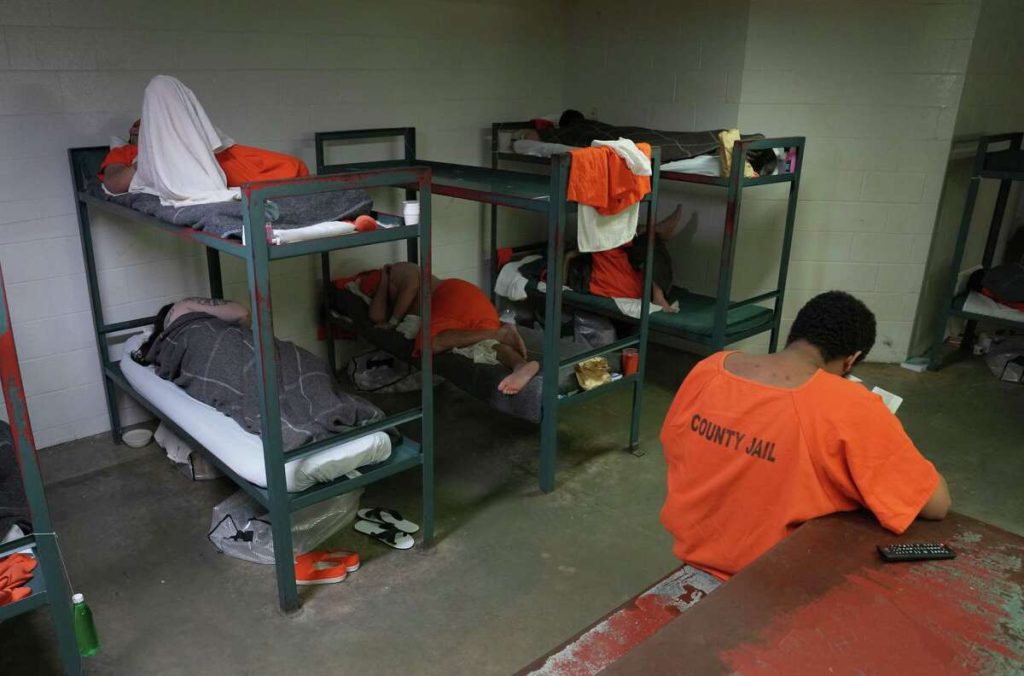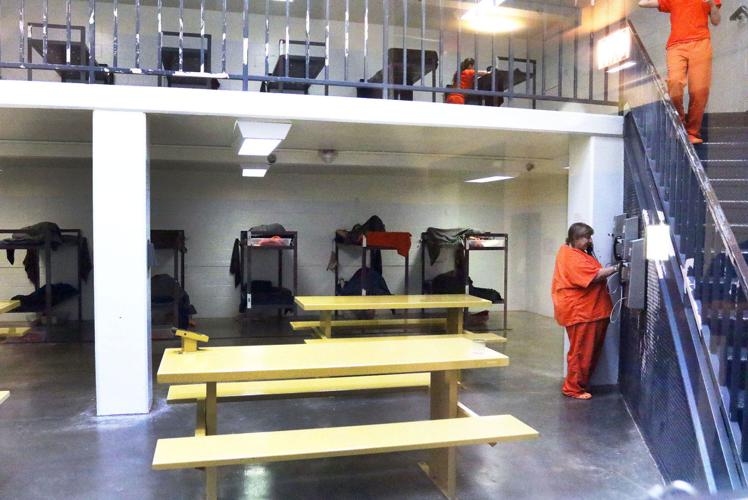What is General Population (Gen Pop) in Jail?
The general population in jail refers to the group of inmates who are housed in the main areas of a correctional facility and are not separated from the rest of the inmates based on factors such as age, sex, or offense type.
In most jails, inmates are initially classified based on a variety of factors such as the nature of their offense, the length of their sentence, and their criminal history, among others. Based on this classification, some inmates may be placed in separate housing units for their safety or the safety of others. However, those who are not deemed to be at risk can be placed in the general population, where they live, eat, and participate in programs and activities alongside other inmates.
The conditions of the general population in jail can vary depending on the facility and its policies, but typically, it is a highly structured and regulated environment.

Are all inmates placed in General Population by Default?
In most jails and prisons, inmates are initially placed in the general population by default, unless they are deemed to be a risk to themselves or others, or if they require special housing for medical or mental health reasons.
However, once they are classified, inmates may be transferred to different housing units or facilities based on factors such as their behavior, security concerns, or program needs. In some cases, inmates may be placed in protective custody, administrative segregation, or other forms of restrictive housing due to safety concerns or other factors.
Additionally, inmates who are part of vulnerable populations, such as elderly or disabled inmates, may be housed in separate units to accommodate their needs. Ultimately, the decision on where to place an inmate is based on a variety of factors and is made by the facility’s classification and housing unit staff.
Are there General Population Gen Pop only prisons?
There are some prisons that are designated as “general population only” facilities, where all inmates are housed in the same area without any segregation based on factors such as age, offense type, or security level.
These prisons are typically lower-security facilities and are often used for housing inmates who have committed nonviolent offenses or who are nearing the end of their sentences. Inmates in general population only prisons are usually able to move about the facility more freely, have more access to programs and services, and may have more contact with family and friends.
However, it’s important to note that even in general population only prisons, inmates may still be subject to rules and regulations that limit their activities and behavior. Additionally, some prisons may have general population units within their larger facilities, where inmates who meet certain criteria are housed together.
Are General Population (Gen Pop) prisons minimum security?
Not all general population prisons are minimum-security facilities. The security level of a prison depends on a variety of factors, including the type of offense committed by the inmates, the length of their sentence, their criminal history, and their behavior in prison.
In general, minimum-security prisons, also known as “camp” or “low” security prisons, are designed for inmates who have committed non-violent offenses and who are considered to be at low risk of escape or posing a threat to society. These facilities often have dormitory-style housing and allow for greater freedom of movement within the facility.
However, there are also medium-security and high-security general population prisons that house inmates who have committed more serious offenses or who have demonstrated behavior that warrants greater security measures. These facilities often have more restrictive housing arrangements, including individual cells or double bunking, and may have more limited access to programs and services.
So, while there may be some general population prisons that are minimum-security facilities, it’s not accurate to say that all general population prisons are minimum-security.
Advantages of Living on a Gen Pop Unit In Jail:
- Greater opportunity for socialization and support from other inmates
- More access to programs and services, such as educational and vocational training
- Improved mental health outcomes due to social interaction and structured routine
- More opportunities for physical exercise and recreation
- Potential for better rehabilitation outcomes due to exposure to positive peer influences
- Less stigma associated with segregation or protective custody
- Greater sense of community and camaraderie
- Lower likelihood of developing symptoms of mental illness, such as depression and anxiety
- More opportunities for positive role modeling and mentorship from other inmates
- Less risk of developing negative behaviors or attitudes as a result of prolonged isolation
Disadvantages of Living on a Gen Pop Unit in Jail:
- Increased potential for violence or victimization by other inmates
- Higher likelihood of being exposed to drugs or contraband
- Greater potential for spreading infectious diseases due to close quarters and shared facilities
- Higher levels of stress and anxiety due to the unpredictable nature of the prison environment
- Increased potential for gang involvement or recruitment
- Less privacy and personal space
- Difficulty accessing medical or mental health services due to long wait times or limited resources
- Increased likelihood of being influenced by negative peer pressure or engaging in negative behaviors
- Difficulty maintaining family and social connections outside of prison due to limited visitation opportunities
- Limited opportunities for self-improvement or personal growth due to the highly regimented prison environment.
It’s worth noting that these are general potential benefits and disadvantages of the general population in prison, and the actual experience of inmates can vary widely depending on the specific facility and their individual circumstances.
What kind of suspects are placed in general population?
In most jails and prisons, suspects who are awaiting trial are initially placed in the general population unless they are deemed to be a risk to themselves or others, or if they require special housing for medical or mental health reasons. Once a suspect is processed into the facility, they are typically assigned a classification level based on factors such as the nature of their offense, the length of their sentence, and their criminal history, among others.
Based on this classification, some suspects may be placed in separate housing units for their safety or the safety of others.
However, if a suspect is not deemed to be at risk, they will be placed in the general population with the rest of the inmates.
This can include suspects who have been arrested for a range of offenses, from misdemeanors to felonies, and who are awaiting trial or sentencing. Ultimately, the decision on where to place a suspect is based on a variety of factors, including their behavior, security concerns, and program needs, and is made by the facility’s classification and housing unit staff.
